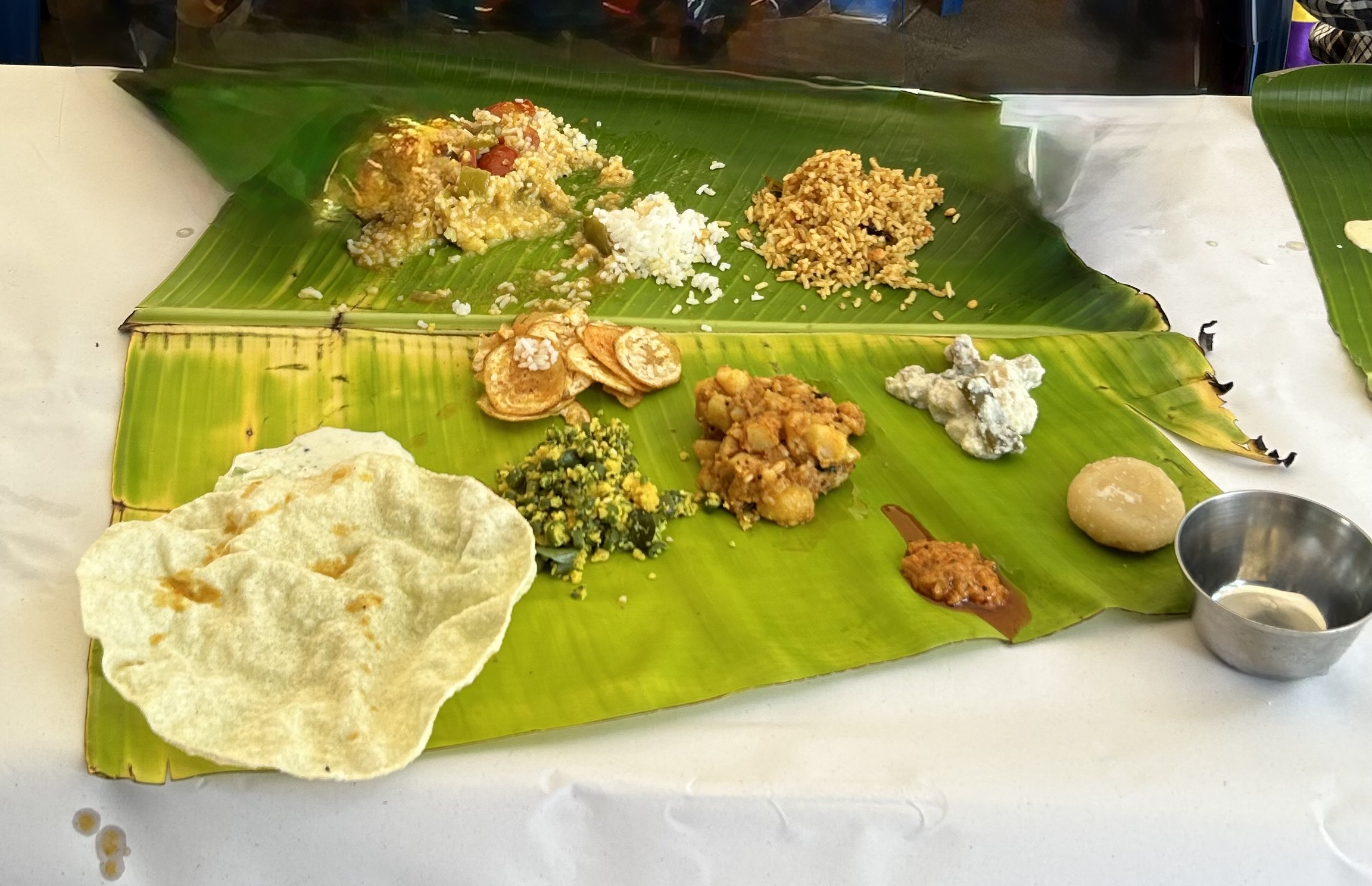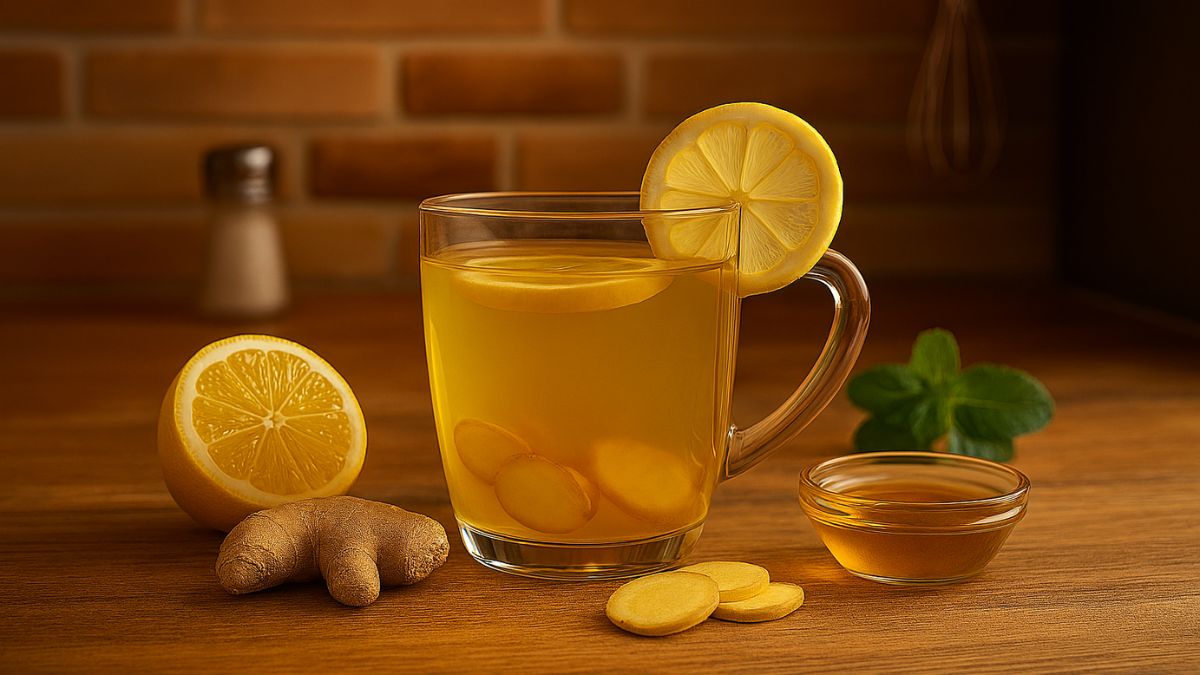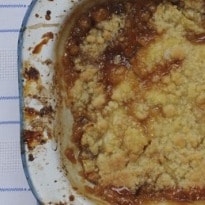Kids' cooking should go beyond the sweet recipes we too often teach them. But crumble is a must-have in everyone's repertoire.
I can be a bit po-faced about children and puddings. It annoys me, the assumption that children can only be enticed to cook if there's something sugary involved.
I spent much of last year with my business partner John putting together the School Food Plan, which aims to improve both the food that schools serve and the way they teach children about cooking and eating. The first three cookery lessons I sat in on (all at different schools) had the pupils making cupcakes. In the fourth lesson, they were making "healthy" apple muffins (so-called because they contained a modicum of fruit).
I found this a bit disheartening. Cooking has so many possible attractions for children: danger (being allowed to wield a super-sharp knife); gore (deboning a chicken thigh); or magic (baking bread), to name but a few. Tempting them with sugar seems like a failure of imagination.
I wanted to ban puddings from this column completely, but my editor in her wisdom said this was preposterous and that I should stop being such a prig. Fortunately (and I say this as the kind of grump who hates superlatives) my collaborator is without doubt the greatest pudding cook in the country. She used to run the kitchen at the Riverford Farm field kitchen in Devon, where her puddings were regarded by foodies as ambrosia.
A good crumble - whatever fruit you choose, whatever type of crumble you prefer - should be in everyone's culinary repertoire, whatever their age. And there is none better than this. Jane emailed me the recipe along with an attachment entitled: "For Henry - my crumble rules". A bit boastful, I thought, but true. Then I realised she meant her rules of thumb. And here they are:
• Never cook the fruit beforehand (unless using quinces)
• Never cook the two parts separately or deconstruct the crumble in any way. This is an abomination.
• When you rub the butter into the flour to form the crumble, always rub past the breadcrumb stage and into the area where there are a few bigger lumps.
• After you have made the crumble, chill it for a tiny bit before putting it on the fruit.
• Do not put the crumble mix on the fruit and then leave it to stand for a while before cooking -you will end up with a soggy mess.
• Vary the amount of sugar you add to the fruit depending on what fruit you are using. Taste as you mix the two together and use your common sense.
• Some fruit will chuck out loads of liquid while it is cooking. Do not panic. Lots of juice is not a disaster.
• Custard is a must!
Apple crumble
Preparation: 30 minutes
Cooking time: 45 minutes
Serves 4-6
1kg braeburn apples
Zest and juice of 1 orange
50g soft brown sugar
175g plain flour
125g butter (chilled)
75g caster sugar
1 Preheat your oven to 150C/300F/gas mark 2. Peel the apples, cut them into quarters and take out the cores. Then cut them into 1-2 cm chunks or slices.
2 Mix the apples with the orange juice and zest and the sugar and place in an ovenproof dish so the fruit is packed in generously.
3 Place the flour in a food processor. Cut the cold butter into small pieces and add to the flour. Blitz until it resembles fine breadcrumbs and then blitz again - the mixture will start to come up the side of the bowl. Tip out the mix into a large bowl and add the sugar. Rub this in using your fingertips so that the crumble mix is not powdery but has a few lumps and bumps in it. Put it in the fridge for at least 10 minutes.
4 Top the fruit with the crumble mix, and bake in the preheated oven for about 45 minutes until the top is golden brown.
Recipe by Jane Baxter
The next level
Crumble topping is a great vehicle for experimentation. Try adding oats, crushed Amaretti biscuits, hazelnuts, ground almonds, muesli, pumpkin or sunflower seeds, or a sprinkling of ground cinnamon or ginger. Experiment with flavours and textures.
For show-offs
Add different things to the fruit mixture. Blueberries are lovely for children. Jane's favourite combos are: rhubarb and strawberry, rhubarb and raspberry, and plum and blackberry. A good slug of booze (brandy or calvados) makes for a very adult crumble. Try adding chopped, cooked quinces to the apple before cooking.
Bonus recipe: stress-free custard
I was taught how to make this by Claire Ptak, who runs Violet Cakes in east London. Her trick is to heat the sugar with the milk, rather than mix it with the eggs. The additional heat held in the eggs means you do not need to continue to heat it after mixing and worry about it turning into scrambled egg.
For the custard
4 egg yolks
400ml double cream
60g caster sugar
1 tbsp cornflour
1 tsp vanilla essence (or ½ vanilla pod, split)
1 Whisk the egg yolks for a minute in a largish heat-proof bowl (you need to be able to whisk the hot cream in later without worrying about it spilling over.)
2 Pour the cream into a pan. Add the sugar, cornflour and vanilla essence. Mix with a whisk. Bring to the boil, then simmer, stirring with a wooden spoon. Be sure to move the spoon along the bottom of the pan to prevent lumps forming.
3 As soon as the cream mixture comes to the boil (it will be quite thick), pour it into the egg yolk mixture, stirring all the time with a whisk. Don't worry if there are some bits stuck to the bottom of the pan. Leave them there.
You should now have perfect custard. You can use the same technique but without the cornflour to create a thinner custard known as crème anglaise, which is delicious served cold with all kinds of puddings.
Henry Dimbleby is cofounder of the natural fast food restaurant chain Leon leonrestaurants.co.uk. Get your kids cooking at cook5.co.uk
Photo: Teach yourself - and your kids - to make fruit crumble from scratch. Photography: Jill Mead for the Guardian






